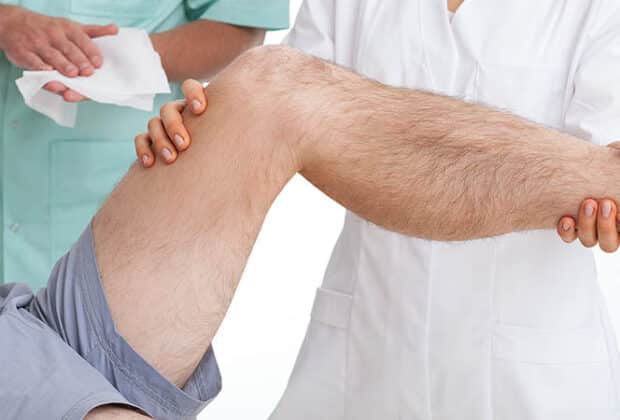Suffering from back pain or stiff shoulders? About to pop pills for it? Hold that for a second and have a look at this statistics. According to a 2006 study reported in the Journal of American Medical Association, “adverse events” resulting from taking over-the-counter painkillers accounted for about 20,000 emergency room visits in the U.S. annually. Why would you risk becoming a statistic when you have much safer alternatives for body pain management?
Indeed doctors are increasingly recommending the use of pain relief patches instead of oral painkillers. Pain relief patches can be applied directly to the site of pain, and once applied, the patches release medicine that works to relief or block the pain for between 8 to 12 hours. The medicine does not go through to the digestive system and is thus less strenuous on the liver, stomach or intestines than oral pills.
In Japan, the pain relief patch is a huge market, and it seems more common to slap on a pain relief patch called "Shippu" in Japanese than popping a painkiller. Any drug store in Japan carries a wide variety of patches and almost everyone has one or two favorite patch brands. But what works for someone doesn't mean it will work for us. It's important to learn how to choose patches before you hit a drugstore in Japan.
Is your pain a result of straining your muscle from overdoing exercises or lifting a heavy object? Or is it chronic resulting from a desk work or arthritis? It is very important to know your pain in choosing patches.
In general there are two types of patches - relief or block type. The pain relief type is less strenuous on your body as it contains 'weak' drugs. The pain block type contains powerful ingredients such as indomethacin, felbinac and diclofenac sodium (aka. voltaren), and while this type is more powerful, it has a higher chance of side effects than the relief type.
The rules of thumb in choosing Japanese pain relief patches is this. Try the pain relief type (weak) if you want to use for a lengthy period of time to address your chronic pain. Use the pain block type (strong) for sudden, strained muscle pain that results from exercising too much, bumping into an object, etc. But, it’s thus advisable not to use this type if you are pregnant or suffering from asthma.
You'd also like to be mindful about your skin type. Patches are applied directly to your skin, and if you have sensitive skin, you might like to avoid patches that contain a high dose of capsaicin.
Another important consideration is whether you should go for a cold or warm type of patches. Doctors say, however, that it doesn't make much difference and you can go for whichever makes you 'feel' good.
Now, what you might like to know is which brands of patches the Japanese people choose. Below is the top 10 best selling patches in Japan by Yahoo Japan. Take this with you when you visit a drugstore in Japan.
#1 Hisamitsu | Nobi Nobi Salonship S 24 Patches
#2 Daiichisankyo | Patex Usupita Shippu 48 Patches
#3 Nichiban | Roihi Tsuboko 156 Patches
#4 Medicine Plus | Bitatoreru Cool Bihara U 24 Patches
#5 Kohwa | Banterin Kohwa Pappu Hot 24 Patches
#6 Medicine Plus | Bitatoreru Shinpa Felbinac 24 Patches
#7 Yakuoh Seiyaku | Omunido FB Plaster α Cool 40 Patches
#8 Eisai | Naborin Felbinac 70 20 Patches
#9 Takamitsu | Cool Refenda 30 Patches
#10 Hisamitsu | Facetas 5









